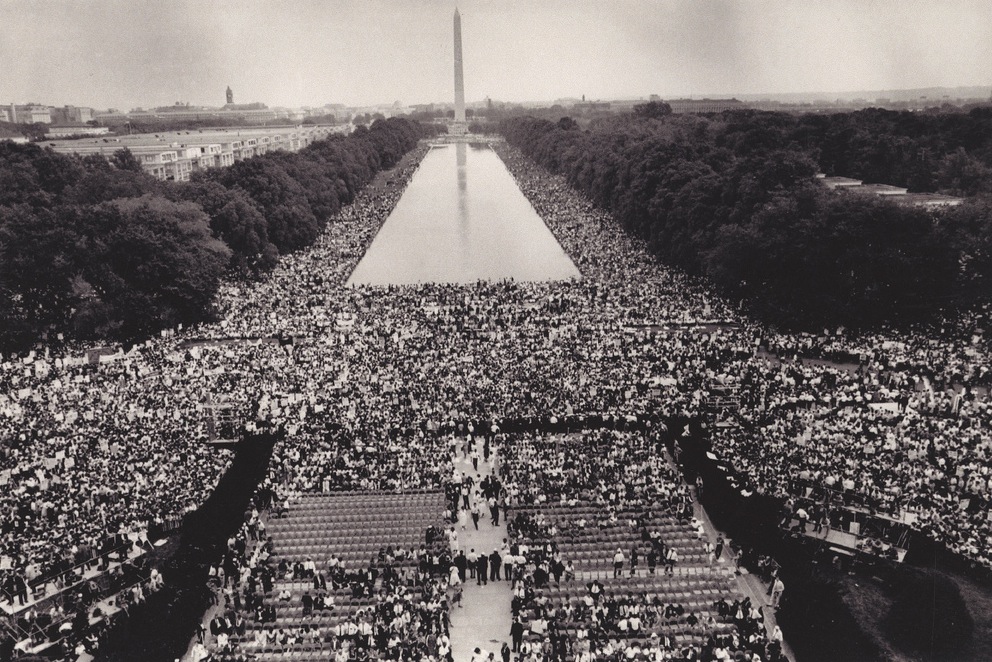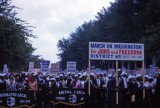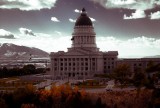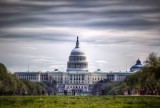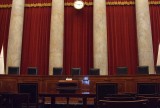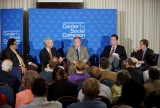The March Against the March
We've Forgotten Just How Risky the March on Washington Felt in 1963
In the days and weeks following the March on Washington for Jobs and Freedom in August 1963, the nation’s newspaper editorial pages breathed a collective sigh of relief. The papers had predicted violence—from both marchers and from opponents of segregation—but it had not come to pass. Indeed, the scene was just the opposite. As Russell Baker wrote in The New York Times, “The extraordinary politeness that characterized the day … [and] the sweetness and politeness of the crowd may have set some sort of a national high water mark in …




